Mexico City’s historic center represents one of the largest and best-preserved colonial urban areas in the Americas, with neighborhoods that have maintained their distinct character for over 500 years. Each district tells a different story of the city’s evolution from Aztec capital to Spanish colonial seat to modern metropolis. Walking through these areas feels like traveling through time, with ancient temples, baroque churches, and colonial mansions standing side by side with contemporary cafés and art galleries.
The UNESCO World Heritage Site encompasses dozens of neighborhoods, each with its own architectural style, cultural identity, and hidden treasures waiting to be discovered. Here is a list of 16 colonial districts in Mexico City’s historic center.
Zócalo Central Plaza
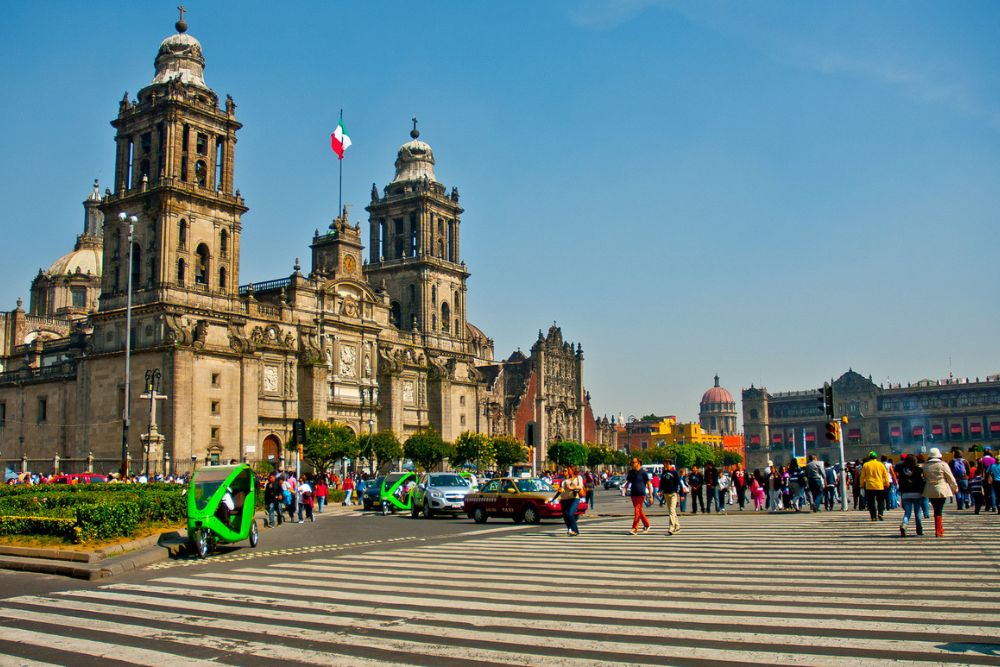
The massive main square serves as the heart of Mexico City and is one of the largest public plazas in the world, surrounded by some of the country’s most important colonial buildings. The Metropolitan Cathedral dominates the north side with its imposing baroque facade and twin bell towers, while the National Palace stretches along the entire east side with Diego Rivera’s famous murals depicting Mexican history.
Street performers, vendors, and political demonstrations bring constant energy to this space that has served as the city’s focal point since Aztec times.
Alameda Central Park
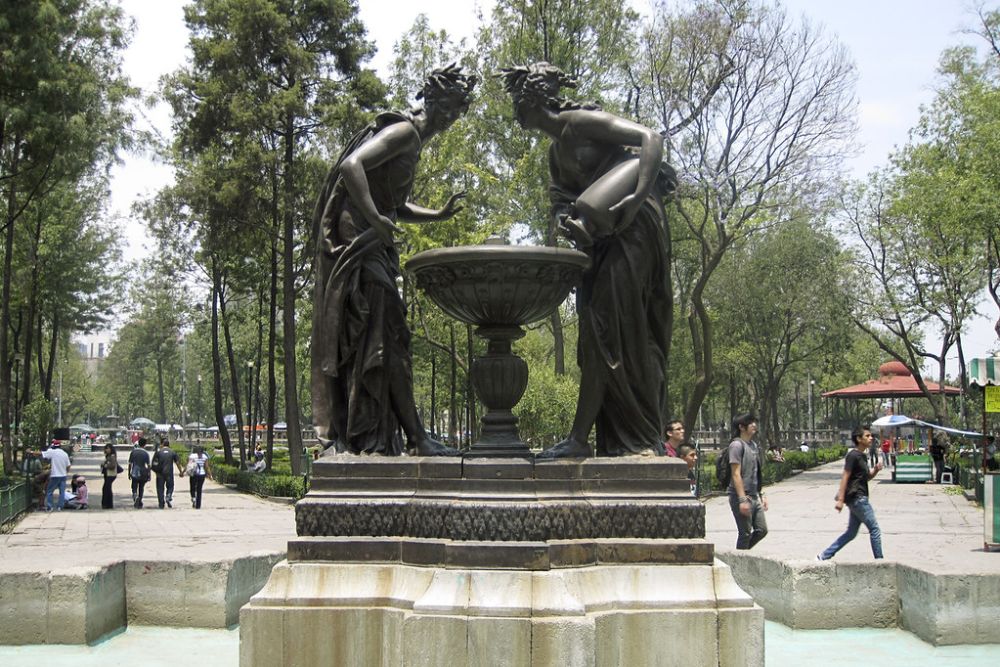
This tree-lined park district represents Mexico’s first public garden, created in the late 16th century as a place for colonial society to gather and socialize. The surrounding streets feature elegant colonial mansions that once housed wealthy Spanish families, many now converted into museums, hotels, and cultural centers.
The nearby Palacio de Bellas Artes anchors the area with its stunning Art Nouveau architecture and world-class performing arts venues.
Like Travel Pug’s content? Follow us on MSN.
Plaza Santo Domingo
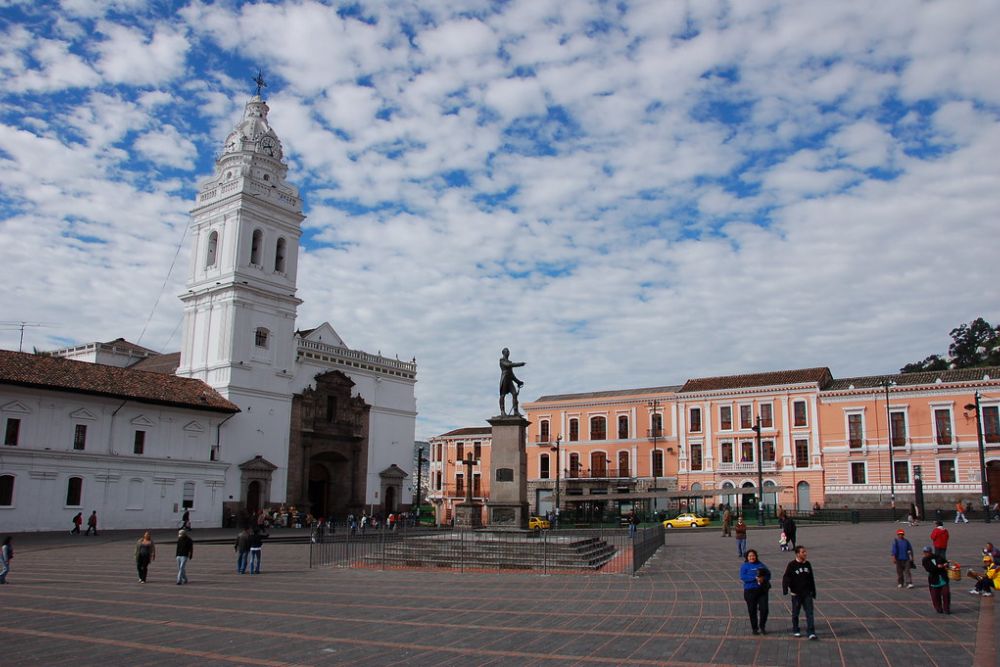
The second-most important square in the historic center showcases the Dominican Order’s influence on colonial Mexico City through its impressive baroque church and surrounding religious buildings. The plaza buzzes with activity as public scribes type letters and documents for customers using vintage typewriters, continuing a tradition that dates back centuries.
The surrounding streets contain some of the city’s best-preserved colonial architecture, including the Palace of the Inquisition.
Barrio de San Juan
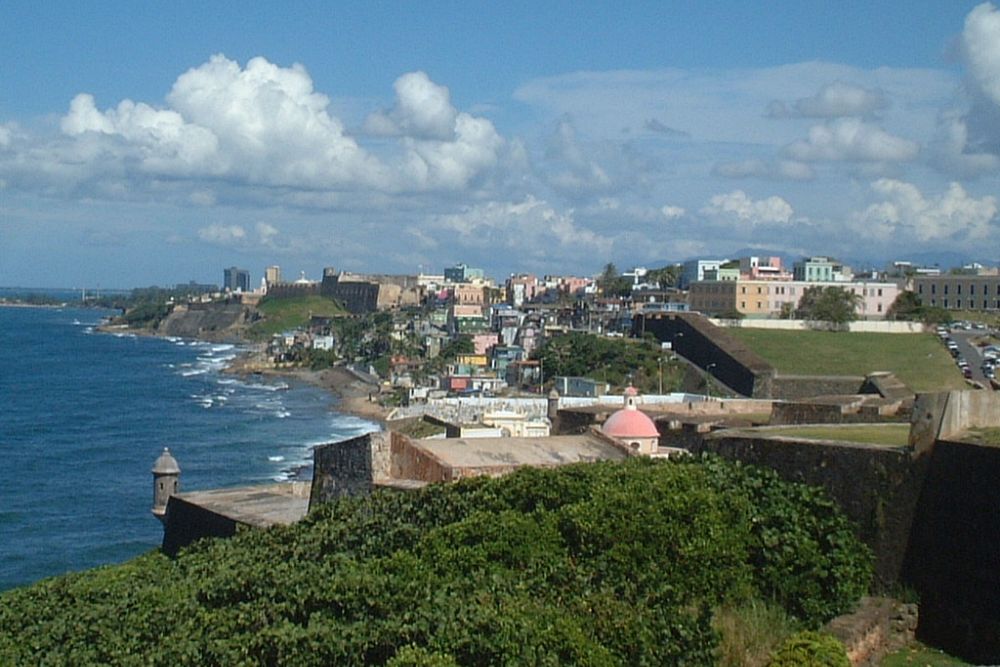
This neighborhood developed around the Market of San Juan, which has supplied exotic foods and specialty ingredients to Mexico City residents since colonial times. The area maintains its commercial character with narrow streets lined with traditional shops selling everything from rare spices to imported delicacies.
Colonial-era churches and private residences mix with modern businesses, creating a vibrant district that serves both tourists and locals.
Plaza de las Tres Culturas

This unique square represents the layering of Mexican history, with Aztec ruins, a colonial church, and modern apartment buildings occupying the same space. The Church of Santiago displays classic colonial religious architecture while the adjacent ruins of Tlatelolco remind visitors of the area’s pre-Columbian importance.
The plaza serves as a powerful symbol of Mexico’s complex cultural heritage and the blending of indigenous and European influences.
Like Travel Pug’s content? Follow us on MSN.
Calle Moneda Historic Corridor

Named after the colonial mint that operated here for centuries, this street contains an exceptional concentration of baroque and neoclassical colonial buildings. The former Archbishops’ Palace and the Museum of the Cultures showcase the area’s religious and administrative importance during the colonial period.
Many buildings feature beautiful interior courtyards that can be glimpsed through grand wooden doors, offering hints of the luxurious lifestyle enjoyed by colonial elites.
Regina Pedestrian District
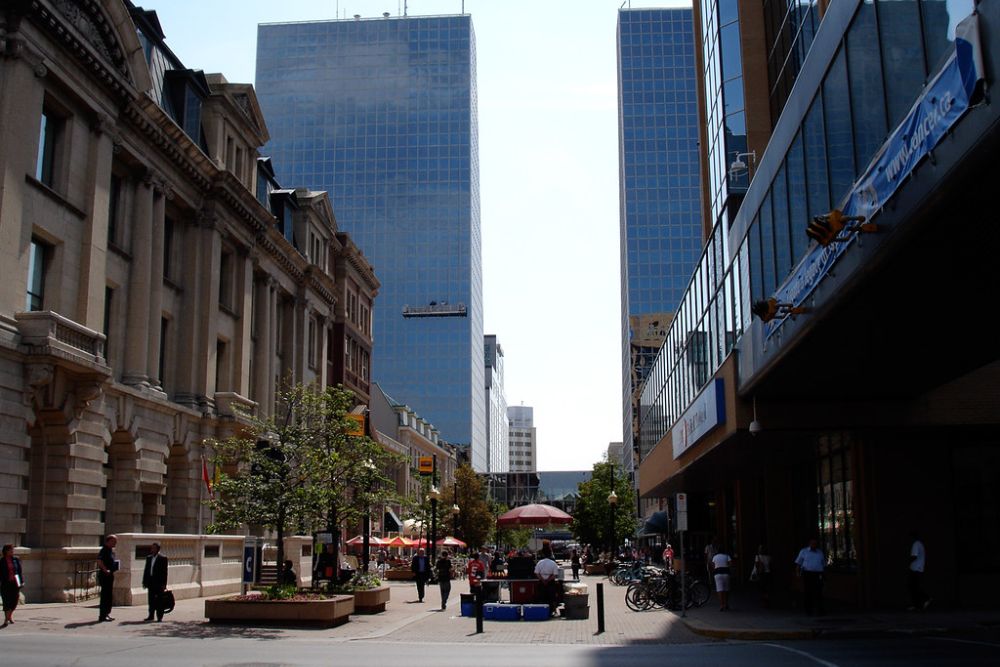
This recently revitalized neighborhood combines colonial architecture with contemporary urban culture, featuring restored buildings that house modern restaurants, bars, and boutique shops. The pedestrian-only streets allow visitors to appreciate the colonial facades and architectural details without competing with traffic.
Young entrepreneurs and artists have transformed the area into one of the city’s hippest districts while respecting its historical character.
Merced Market Quarter
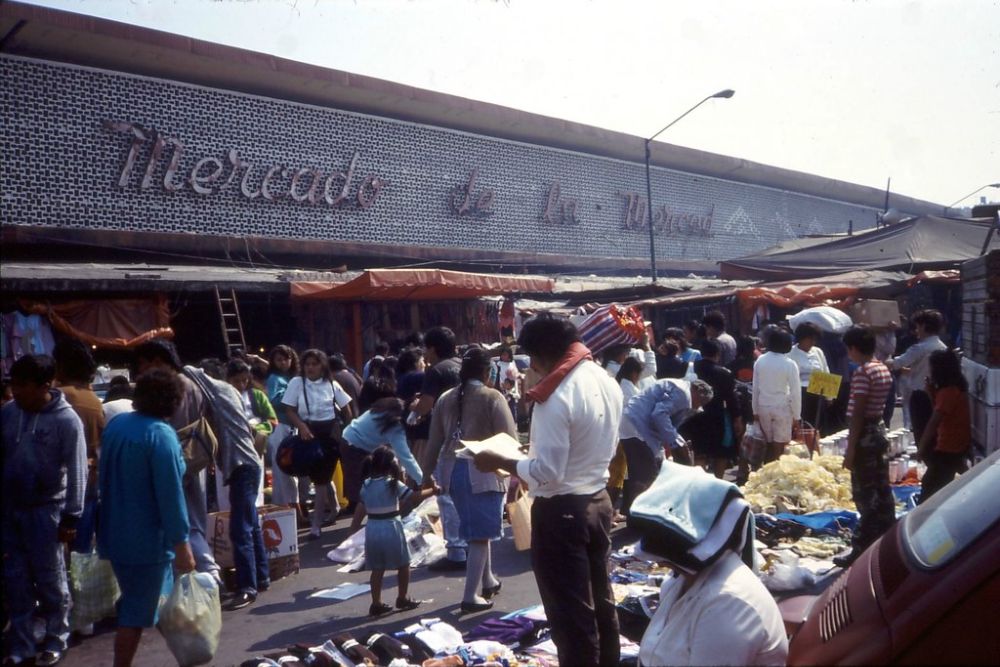
The streets surrounding the massive Merced Market maintain their colonial layout and commercial function, with wholesale vendors and traditional businesses occupying buildings that date back centuries. The neighborhood showcases working-class colonial architecture, with simpler facades and practical designs that reflect the area’s mercantile history.
The nearby Church of La Merced displays impressive colonial religious art and serves as a spiritual center for the busy commercial district.
Like Travel Pug’s content? Follow us on MSN.
Plaza de la Conchita
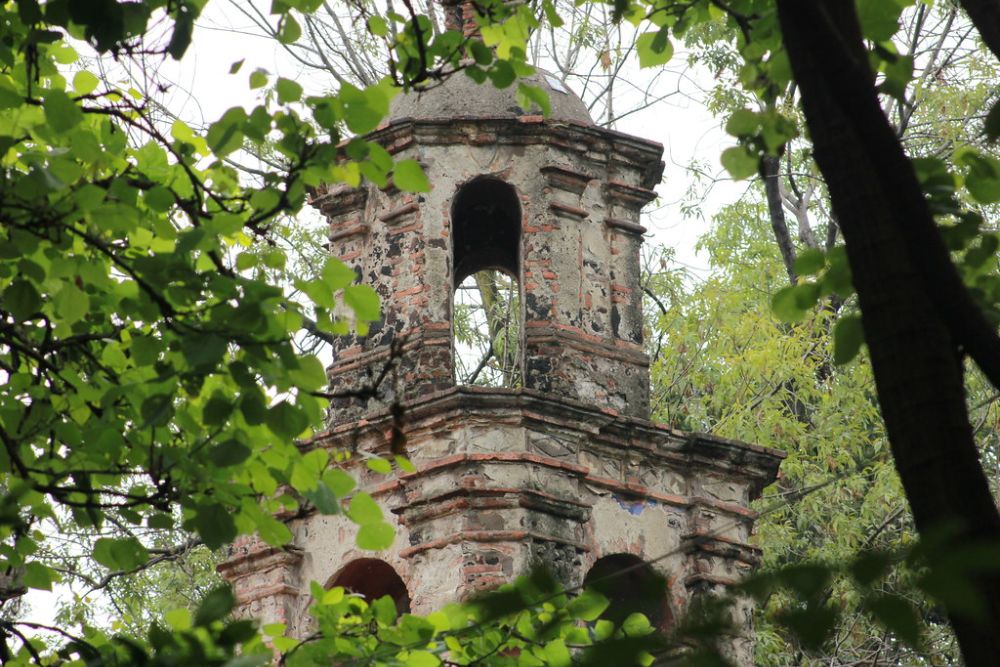
This intimate square in the Coyoacán area features colonial buildings arranged around a small church, creating a village-like atmosphere within the larger city. The surrounding streets contain well-preserved colonial residences with characteristic red tile roofs and wrought-iron balconies.
The plaza serves as a peaceful retreat from the busier parts of the historic center, with small cafes and shops that cater to both locals and visitors.
Doctor Mora Cultural Strip
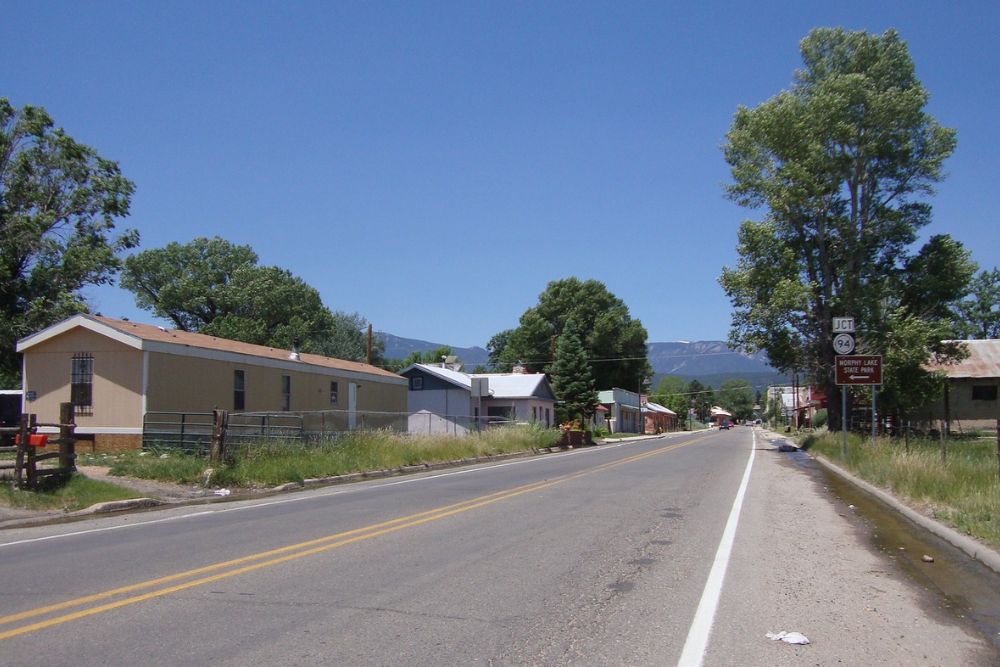
This street connects several important colonial-era institutions, including hospitals, schools, and religious buildings that once served the Spanish colonial administration. The area features a mix of architectural styles reflecting different periods of colonial construction, from early austere designs to later baroque elaborations.
Many buildings now house cultural institutions and government offices, maintaining their public service function while preserving their historical character.
Correo Mayor Postal District
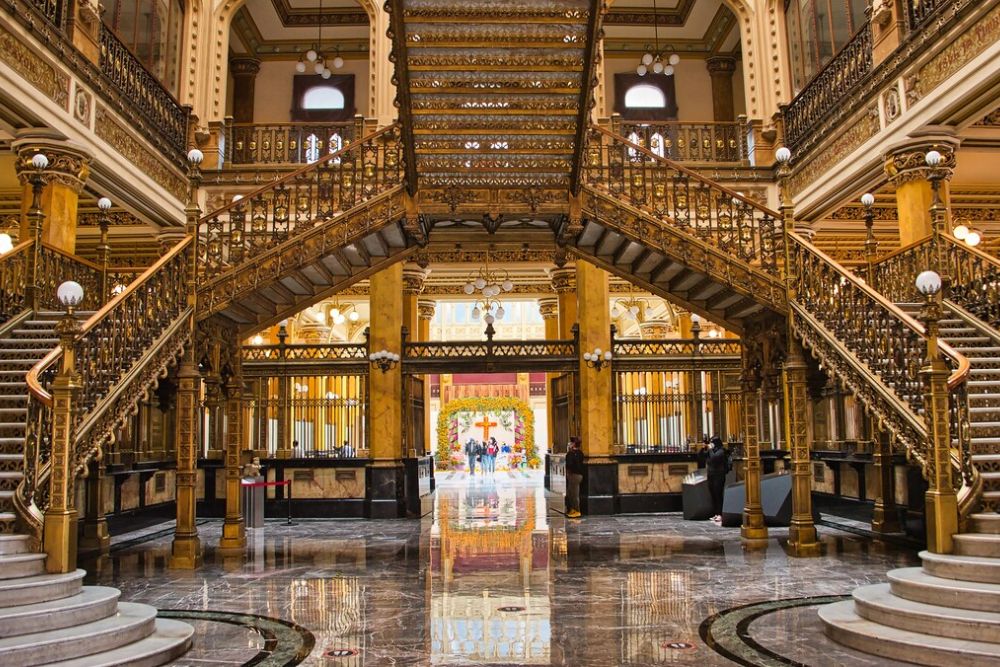
The historic postal district showcases the infrastructure that connected colonial Mexico with Spain and the rest of the empire through its impressive colonial postal building. The surrounding streets feature commercial buildings and residences that supported the administrative functions of the colonial government.
The area maintains its communication theme with modern internet cafés and phone shops occupying colonial-era buildings.
Like Travel Pug’s content? Follow us on MSN.
Plaza de San Juan de Dios

This quiet square demonstrates the colonial urban planning concept of creating neighborhood centers around religious institutions, with the Church of San Juan de Dios serving as the focal point. The surrounding buildings show typical colonial residential architecture with thick walls, small windows, and internal courtyards designed for the local climate.
The plaza provides a glimpse into everyday colonial life away from the grander ceremonial spaces of the main square.
Tacuba Colonial Corridor
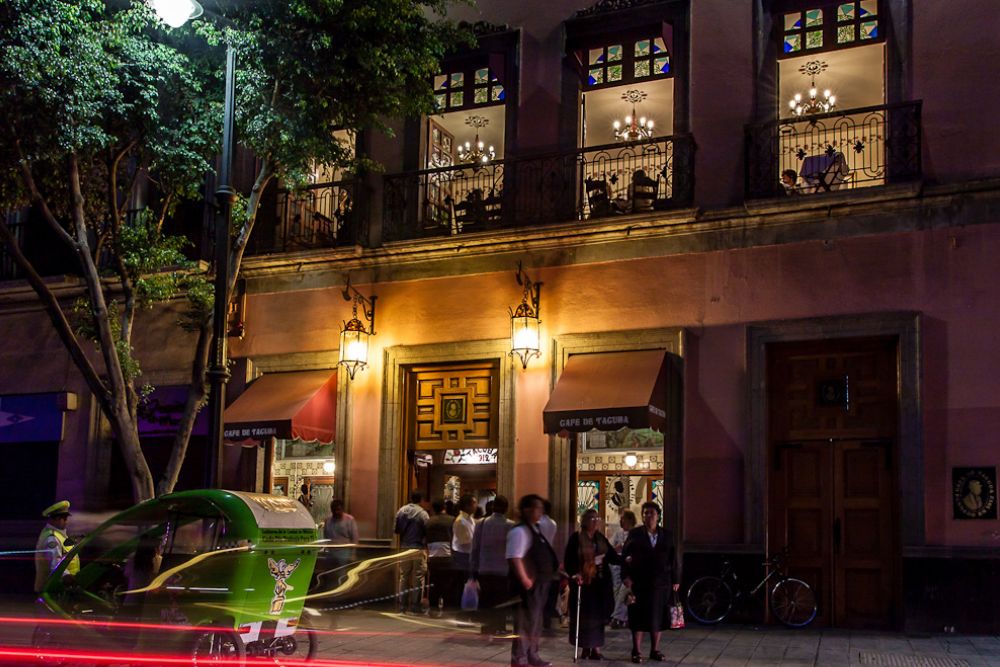
One of the main thoroughfares of colonial Mexico City, this street connected the central plaza with important suburban areas and maintains much of its original colonial character. The buildings along Tacuba showcase the evolution of colonial architecture over three centuries, with early structures featuring fortress-like walls and later additions displaying more decorative elements.
The street includes several important colonial churches and former noble residences that now serve various commercial and cultural functions.
Isabel la Católica Shopping District
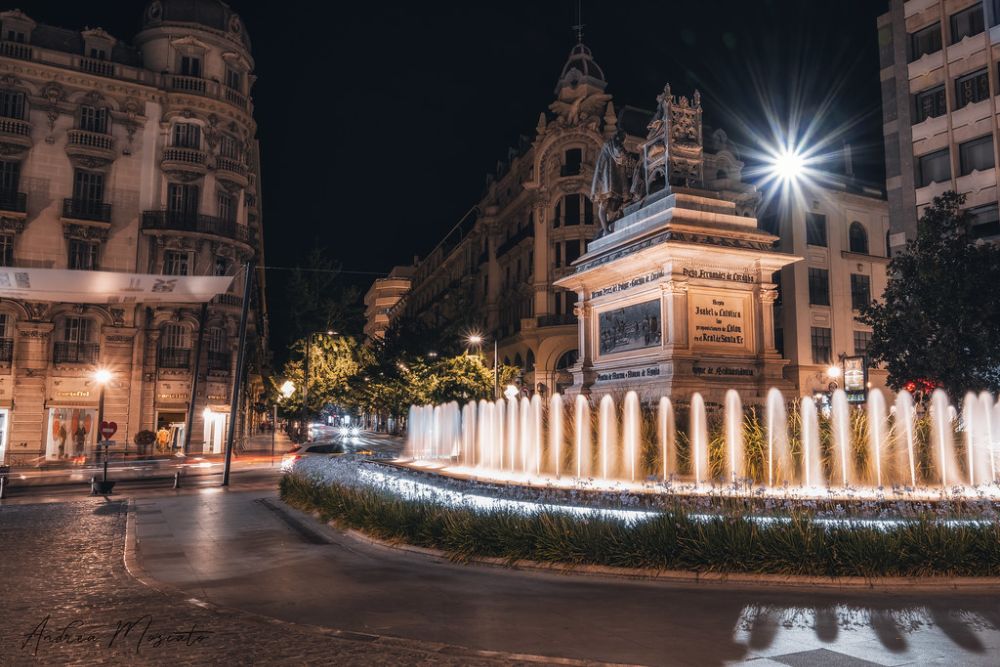
Named after the Spanish queen who sponsored Columbus’s voyages, this street features colonial buildings that have been adapted for modern commercial use while maintaining their historical facades. The area demonstrates how colonial Mexico City’s merchant class lived and worked, with ground-floor shops and upper-level residences in the same buildings.
Traditional businesses like hat shops, shoe stores, and fabric dealers continue to operate in spaces that have served similar functions for centuries.
Like Travel Pug’s content? Follow us on MSN.
Cinco de Mayo Historic Avenue
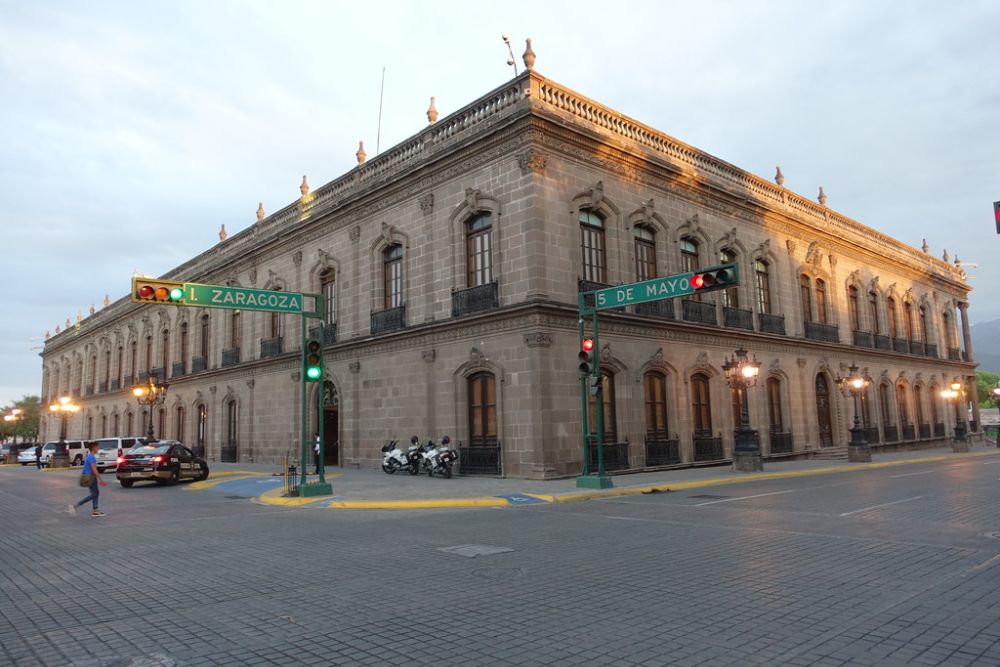
This important colonial street connects the main cathedral with other significant religious and government buildings, showcasing the planned nature of Spanish colonial urban design. The buildings along the avenue represent some of the finest colonial architecture in the city, with elaborate stone facades and impressive entranceways that reflect their original importance.
The street maintains its ceremonial character with several important cultural institutions and government offices occupying restored colonial buildings.
Academia Artistic Quarter

The area around the former Academy of San Carlos demonstrates the colonial period’s emphasis on education and artistic training, with several historic schools and cultural institutions concentrated in a small area. The colonial buildings feature adaptations made for their educational purposes, including large windows and open spaces designed for studios and classrooms.
The neighborhood continues its artistic tradition with contemporary galleries and workshops occupying spaces that have been dedicated to the arts for centuries.
Living History in Modern Times
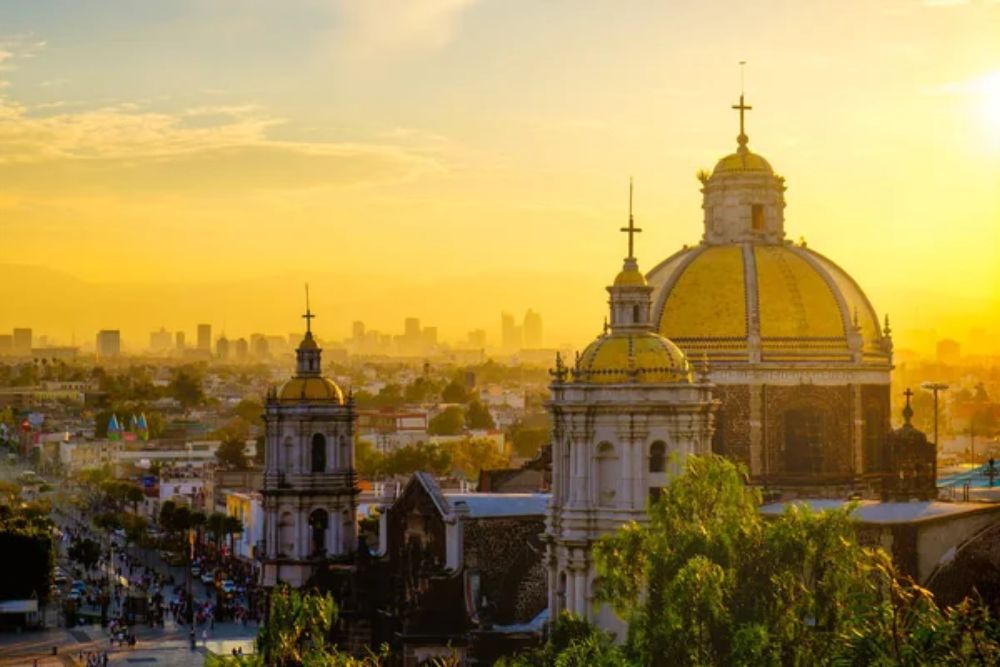
These colonial districts prove that historical preservation and modern urban life can coexist successfully, with centuries-old buildings continuing to serve their communities in new ways. The Mexican government’s commitment to maintaining the historic center has created a living museum where people work, live, and play among some of the finest colonial architecture in the Americas.
Walking through these neighborhoods offers an authentic experience of colonial urban planning and architecture that remains vibrant and relevant today.
More from Travel Pug

- 20 Best Beach Towns in the Carolinas
- 13 Destinations Where Tourists Regularly Regret Their Trip
- 20 Things You Actually Get in First Class
- 20 Small Airports With Aviation Museums
- 20 Places in the U.S. That Are Perfect for a Reset Trip
Like Travel Pug’s content? Follow us on MSN.
